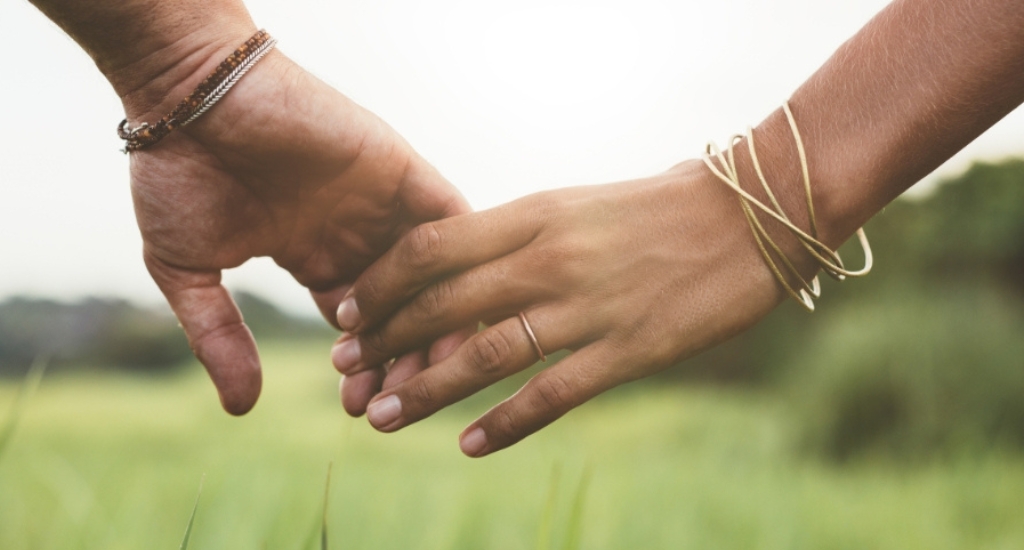
Cupid calling: Five unique socially accepted romantic trends in rural India
Valentine’s Day may be a relatively modern trend, but rural India has its fair share of romance, from matchmaking in melas to socially sanctioned live-in relationships.

Valentine’s Day may be a relatively modern trend, but rural India has its fair share of romance, from matchmaking in melas to socially sanctioned live-in relationships.
India is a blend of ancient traditions and modern values and nothing reflects it more than its villages. Here are a few unique customs around love and marriages that have prevailed over decades, even centuries.

In the states of Madhya Pradesh, Bihar, and Rajasthan, melas or religious fairs often double up as matchmaking events.
One such is Bihar’s Sonepur mela, which is a sanctioned space for fixing matches as young men and women interact in the presence of their families.
Matches are finalised in the local temples, mainly the Harihar Nath temple, believed to have been built by Lord Rama when he was en route to the swayamvar (matrimonial tradition where the bride chooses the groom) for goddess Sita.
The month-long festival, held in November during the auspicious Kartik Purnima, takes place at the confluence of the Ganga and Gandak rivers in Bihar.
Popular since ancient eras for the trading of livestock, this month-long event takes place on the auspicious occasion of Kartik Purnima, or full moon night in November. Earlier, exclusively known as a livestock fair, it now brings together folk artists, singers and dancers from across the country.
Also read: Tribal heritage and fashion at Hijla fair

Night festivals where young men and women can meet are common among several adivasi and tribal communities. These serve as socially accepted settings to find a romantic partner.
In fact, the Ghotul system is an integral part of the Gond community, particularly in the Bastar region in the state of Chhattisgarh. It provides a hostel-like setting for singles to mingle before entering marriage.
The dormitory-like setting allows young people to prepare for responsibilities in an inclusive setting while learning about community values and etiquette. The system is called Ghotul in the Maria, Muria and Gond tribes of Bastar; Kodada in the Malpaharia tribe; Giti Ora in Munda and Ho tribes; Dhumkuria in Oraon; and Morung among the Konyak and Naga tribes.

According to sociologists, the Gonds reportedly have several unique practices, such as marriage by capture.
Another trend is one of elopement, sometimes with parental consent. This may be due to financial reasons as the families may not be able to afford the communal feast.
A couple may also use the elopement to force their parents to agree to the wedding. In such cases, the issue is usually settled by levying a fine or over a drunken fest of Mahua, an intoxicating drink made from a flower of the same name.

In some rural areas, such as Jharkhand, the practice of live-in relationships acts as a substitute for marriage. However, this is not always an ideal situation as many such unions don’t receive social sanction and the children born of the relationship also don’t enjoy legitimacy.
Known as dhuku, these marriages may take place because the couples can’t afford to throw a grand wedding feast for the community.
Meanwhile, Rajasthan’s Garasia tribe has sanctioned live-in relationships for centuries. Here, the predominantly farming community hosts a wedding ceremony only when they can afford it, but that doesn’t stop them from living together with their partners and having children, even grandchildren.
Also read: Mass marriage party in Jharkhand

Popularly called a rural Valentine’s day, the week-long tribal festival of Bhagoriya in Madhya Pradesh also serves as an occasion for elopement. It draws its name from village Bhagor in Jhabua district.
For decades, men and women have chosen their partners at the fair and eloped to solemnise their union. According to tradition, the proposal takes place with the boy offering a ‘paan’ (a chewable treat made from betel leaf) to the girl. He may also apply gulal (a colour used to play Holi) on the girl, who may return the favour, thus signalling acceptance.
Later, families may meet to officially confirm the marriage. A similar trend is seen in the Maliniya village of Bihar’s Purnia district where the mela itself is known as ‘Purnia ka Patta mela’ where the boy expresses interest by offering a paan.
While rural India, like the rest of the country, is evolving when it comes to love and marriage, certain unique traditions, sanctioned by society, continue to flourish.
Also read: Bhagoriya festival – Of blooming flowers and blossoming love
The lead image on top depicts a couple holding hands. Rural India has its fair share of unique customs and traditions that celebrate romance. (Photo courtesy Canva)